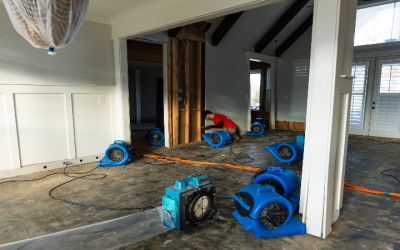If your business is looking to purchase rolled steel in the Edmonton, Alberta area, you might be considering what steel rolling process to go with. Both hot rolled steel and cold rolled steel have their benefits, so they have been compiled here to help you make the best decision for you and your business.
What is the most fundamental difference between hot and cold steel rolling?
“Cold steel rolling” refers to the process of steel rolling done at or near room temperature while “hot steel rolling” refers to a type of steel processing that applies heat to the metal. Both of these techniques affect the overall performance of steel. They do not correlate to grades of steel as steels of different grades can be either hot rolled or cold rolled.
What is hot rolled steel?
Hot rolled steel is roll-pressed at temperatures over 1,700 degrees Fahrenheit to keep the steel from going through the re-crystallization process. Hot rolled steel is easier to form and often results in steel products that are much easier to work with in the long run. You can identify hot rolled steel by the following characteristics:
-
Scaled surfaces, a result of cooling after being heated to extreme temperatures
-
Slighted rounded edges and corners due to shrinkage and imprecise finishing
-
Slight distortions from cooling that leave somewhat trapezoidal forms behind
What is cold rolled steel?
Cold rolled steel is hot rolled steel that has simply gone through more processing during the cooled metal stage. After the steel is cooled, it is rolled more to get more exact dimensions and smoother surface qualities. Cold rolled steel only technically applies to steel sheets that undergo compression between rollers. Cold rolled steel can be identified by the following characteristics:
-
Smoother, more finished surfaces that are oily to the touch
-
Bars that are truly square with well-defined edges
-
Tubes with ideal uniformity


